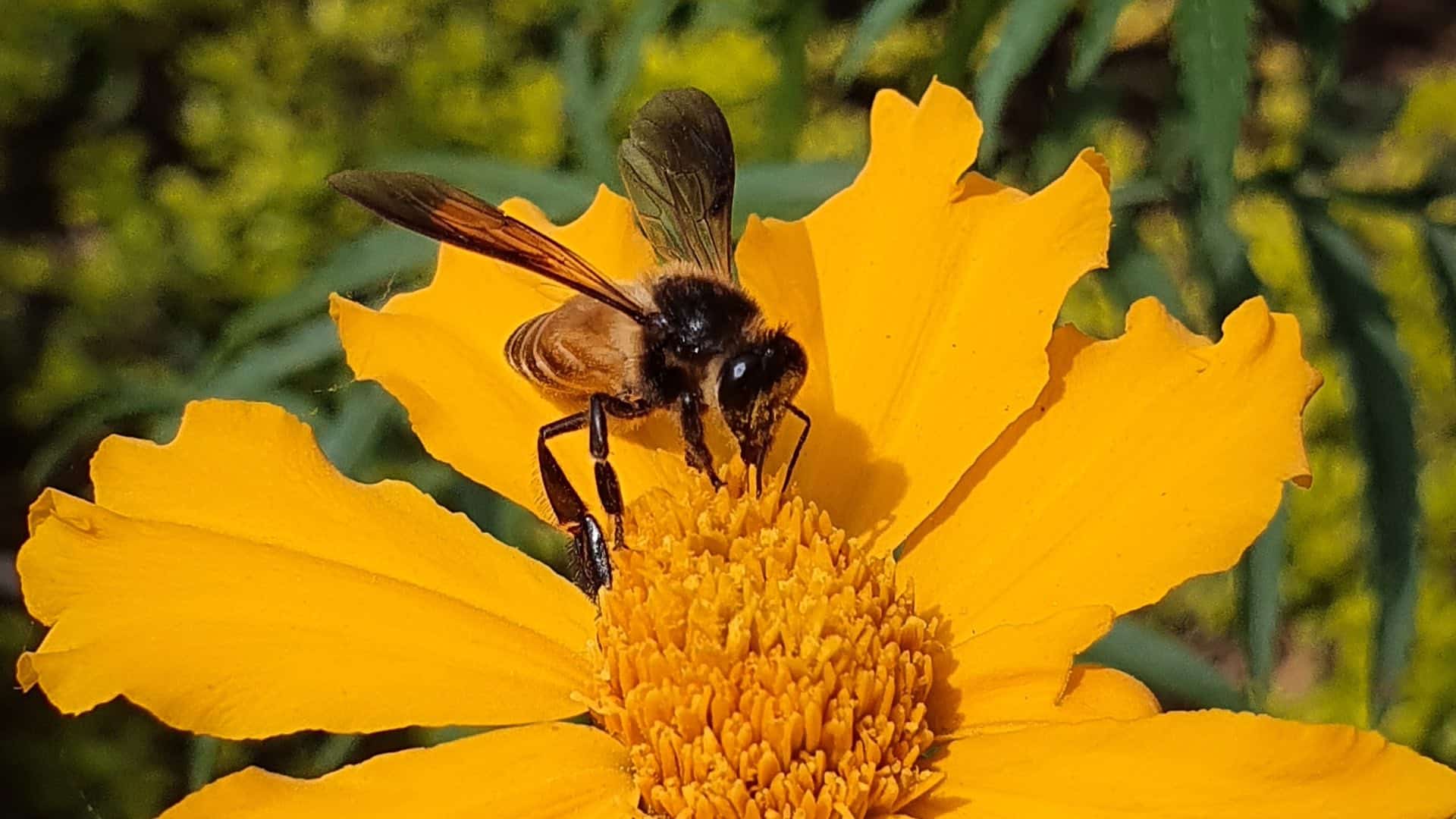Your allergies are making you sneeze, wheeze, and sniffle. Desperate for relief, you wander into the allergy aisle of your local drugstore where you’re bombarded with a sea of Zyrtec, Claritin, and Allegra.
The allergy relief market is valued at $20+ billion. But what if the key to staying snot-free during allergy season didn’t come in a box of pills?
Thousands of people swear by homeopathic allergy relief. Homeopathy’s underpinning belief is that “like cures like.” By exposing yourself to tiny doses of ingredients that cause certain symptoms (like sniffling or a sore throat), you may actually treat the conditions that trigger the same symptoms. Think of it like fighting fire with fire.
Homeopathic allergy treatments can be simpler (and cheaper) than OTC antihistamines. But do they actually work? In this article, we’ll explore 7 popular homeopathic allergy remedies and examine the evidence (or lack thereof) to back them up.

1. Allium Cepa (Red Onion)
Symptoms treated: Watery eyes, runny nose, burning nasal discharge.
What is it? Allium cepa is a fiber-rich perennial herb with high concentrations of folic acid, vitamin B6, magnesium, calcium, potassium, and phosphorus. It is believed to have beneficial effects on the digestive, circulatory, and respiratory systems, as well as on the immune system.
How does it work? Allium cepa can mimic common allergy symptoms, and, in homeopathic theory, “like cures like.” By introducing a substance that causes similar symptoms, it’s believed that the body’s vital force will be stimulated to alleviate the allergy symptoms. A 2021 review of animal studies found that Allium cepa showed potential to improve respiratory, allergic, and immunologic disorders.
2. Apis Mellifica (Honeybee)
Symptoms treated: Swelling, redness, stinging pain, heat
What is it? Apis mellifica is derived from the venom of honeybees
How does it work? Diluted Apis mellifica is reported in the homeopathic literature to have anti-inflammatory properties. A 2014 study determined that Apis mellifica inhibited the body’s processes of inflammation and oxidative stress.
3. Euphrasia Officinalis (Eyebright)
Symptoms treated: Eye-related symptoms like watery, itchy eyes
What is it? Euphrasia officinalis is an herb that commonly grows in Europe, Asia, and North America
How does it work? Euphrasia officinalis helps inhibit mast cells which release histamine: a compound that triggers allergy symptoms like runny nose and watery eyes. One study found that Euphrasia officinalis relieved eye redness, swelling, burning, and sticky secretions within two weeks.
4. Natrum Muriaticum (Salt)
Symptoms treated: Nasal congestion, sneezing, runny nose
What is it? Natrum muriaticumas is simply table salt or sodium chloride—the second-most common substance in nature.
How does it work? Salt helps regulate the balance of body fluids, which can help relieve conditions such as nasal congestion.
5. Apple Cider Vinegar
Symptoms treated: Nasal congestion, sinus issues, and overall immune support
What is it? Apple cider vinegar (ACV) is a type of vinegar made with fermented apples, yeast, and sugar.
How does it work? ACV is thought to have alkalizing effects on the body, promoting a balanced pH. Some homeopaths claim it can help reduce mucus production and support the immune system. However, scientific evidence supporting these claims is limited.
6. Sabadilla
Symptoms treated: Hay fever symptoms, such as sneezing, runny nose, and itching in the nose and throat
What is it? Sabadilla is derived from the seeds of the plant Schoenocaulon officinale, which is part of the lily family.
How does it work? When you’re exposed to sabadilla, it irritates the mucous membranes in your nose and mimics common allergy symptoms. It’s believed that triggering those symptoms can improve your body’s natural defenses and stimulate the healing process. There aren’t currently any studies to verify those claims, but that doesn’t mean sabadilla doesn’t have potential benefits.
7. Wyethia Helenioides
Symptoms treated: Itching in the throat, palate, and ears, as well as a persistent tickling cough
What is it? Wyethia is derived from the plant known as Poison Weed
How does it work? By introducing a highly diluted form of Wyethia to an individual allergy symptoms (especially itchiness), it’s believed that the body’s vital force is stimulated to restore balance and alleviate those specific symptoms.
How Effective Are Homeopathic Allergy Treatments?
The scientific evidence behind homeopathic allergy relief isn’t as strong as traditional, mainstream treatments. However, that doesn’t mean homeopathic allergy treatments are “debunked”—far from it.
A 2018 review of 21 clinical trials showed an effective outcome for homeopathy treatment in various conditions, including dermatitis, hay fever, and respiratory conditions. Another 2017 review of 11 placebo-controlled studies found that homeopathic allergy treatments outperformed placebo treatments, particularly when it came to rhinitis (an umbrella term for nasal congestion, runny nose, sneezing, and itching).
Bottom line: More research into homeopathic allergy relief is necessary, but it might be worth a shot if you’re looking for a holistic alternative to that box of Claritin.
